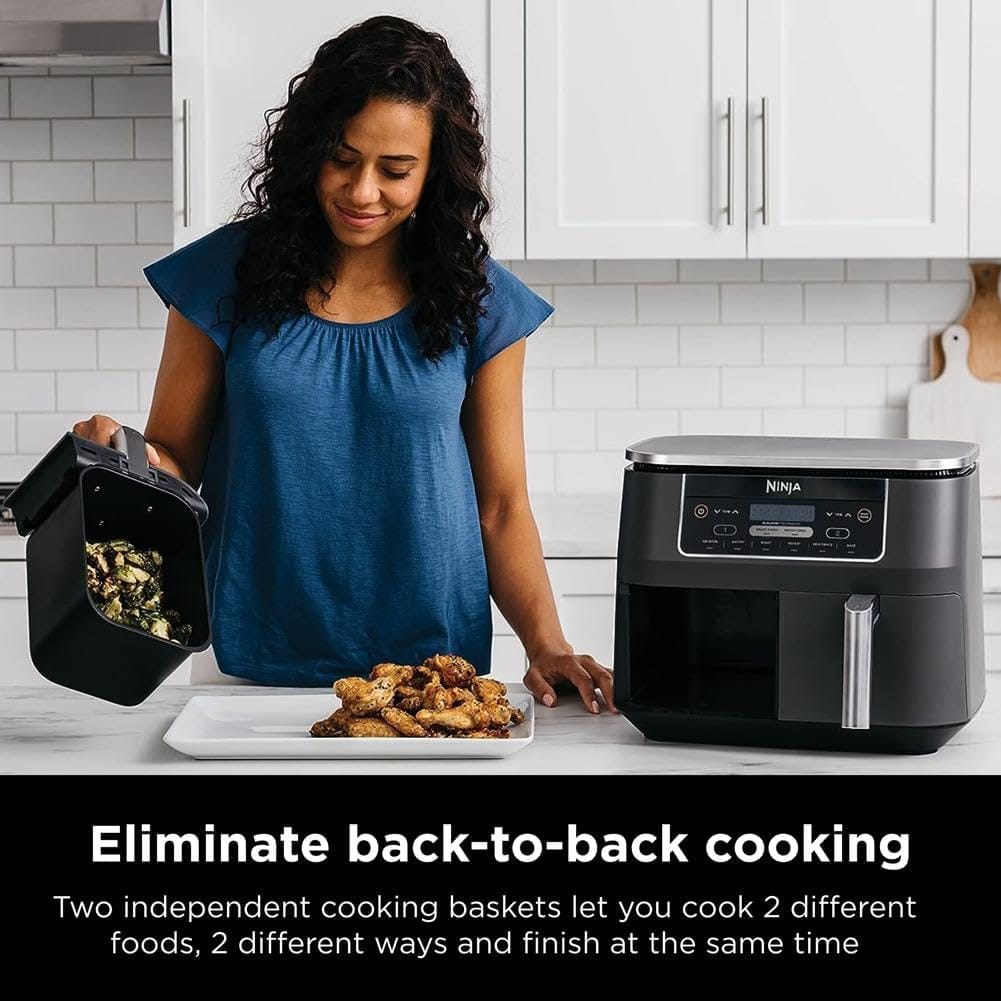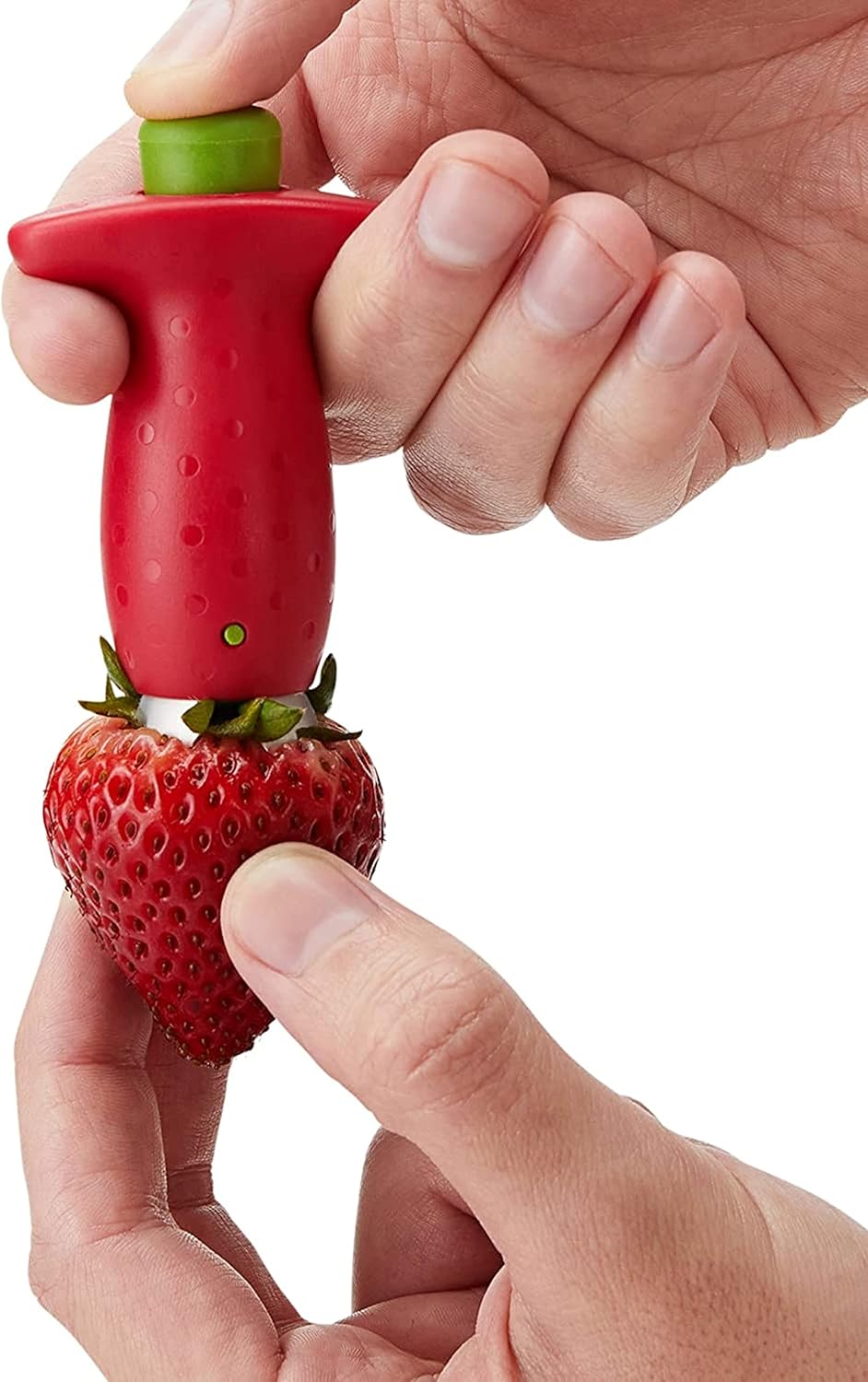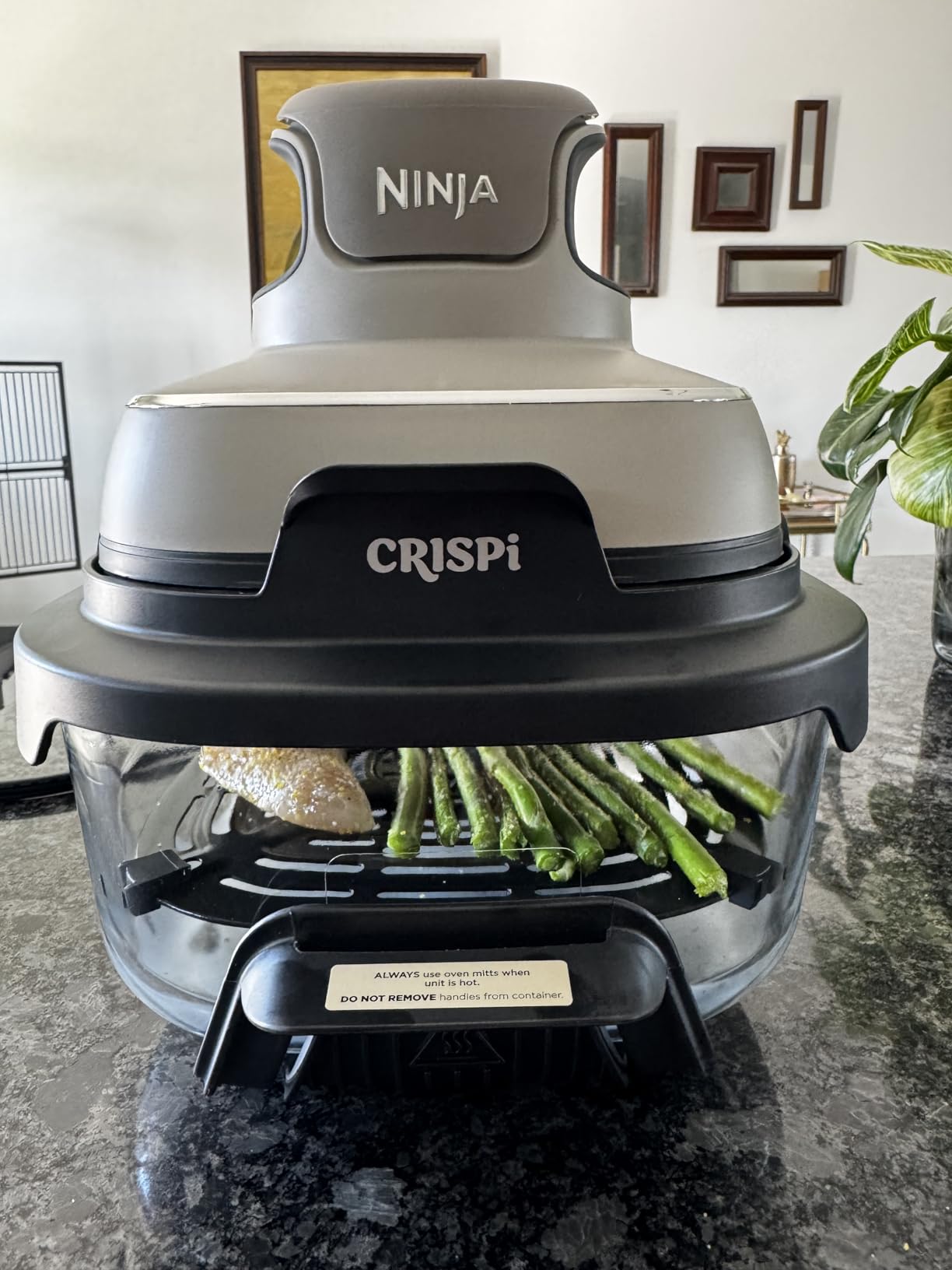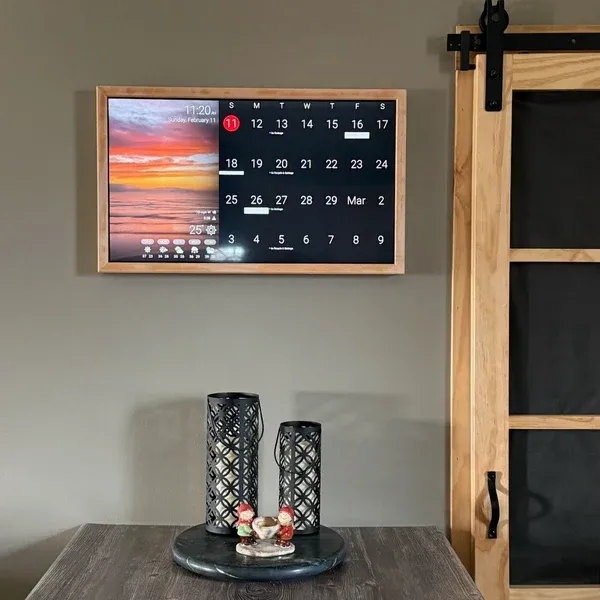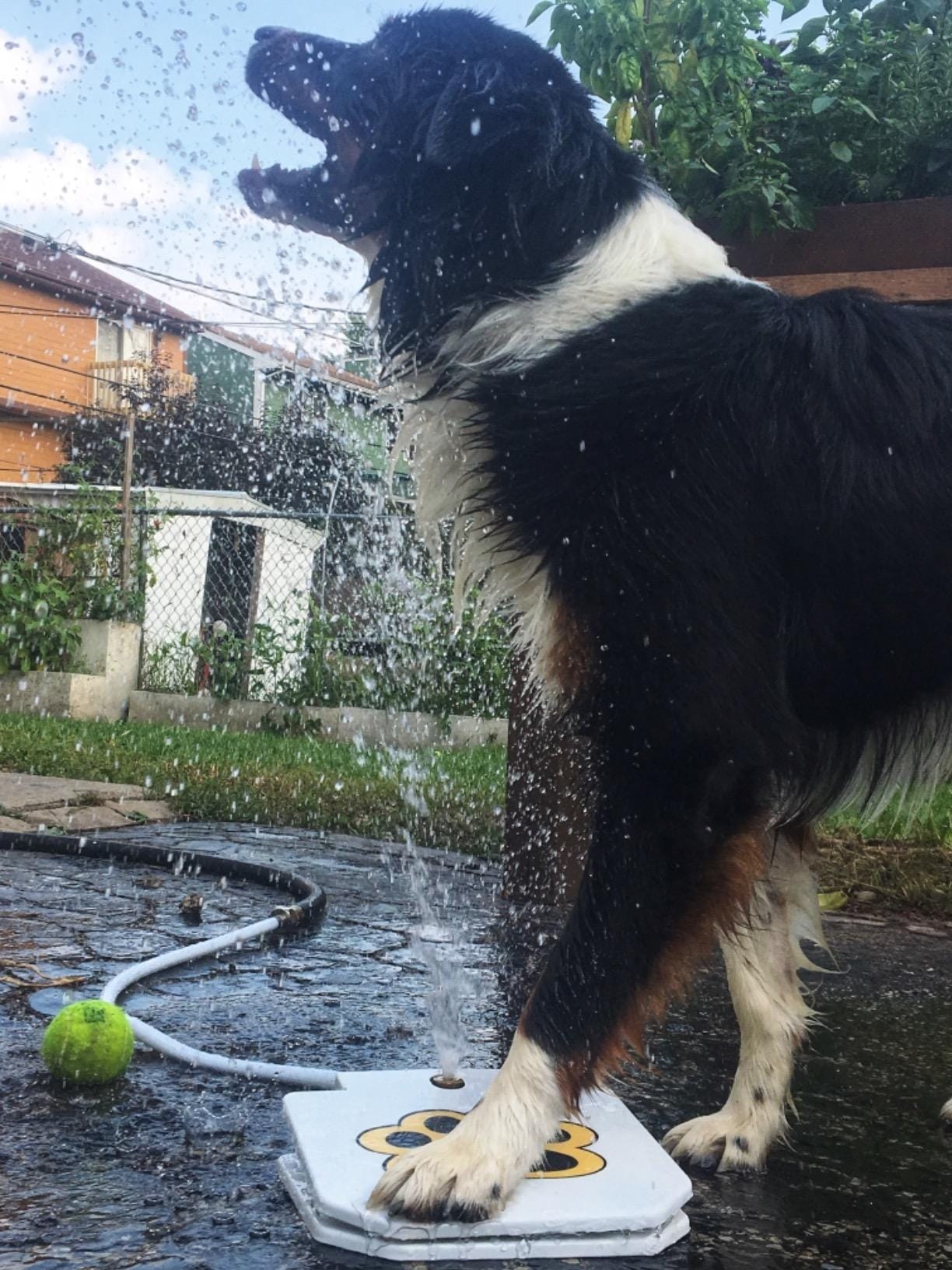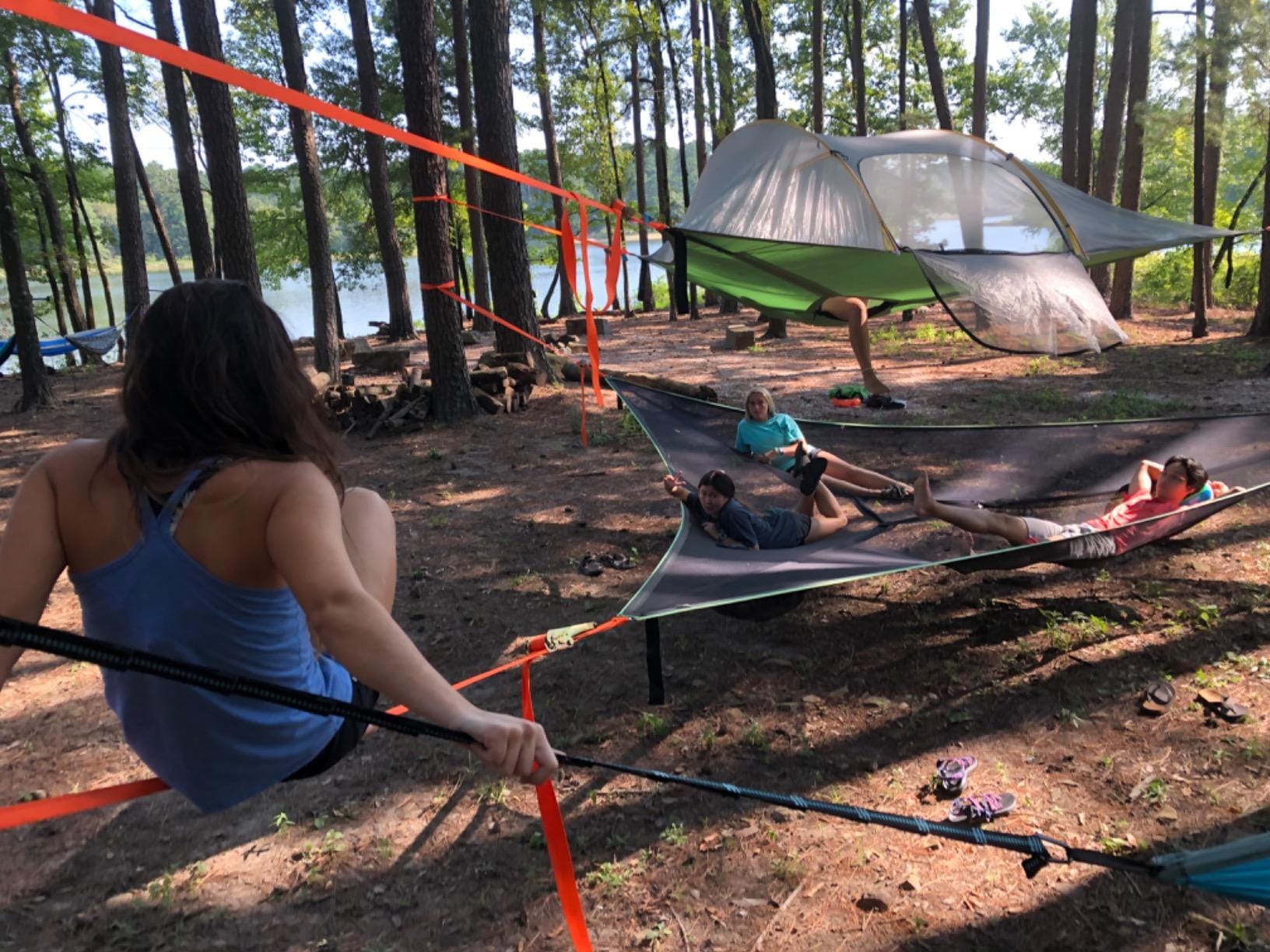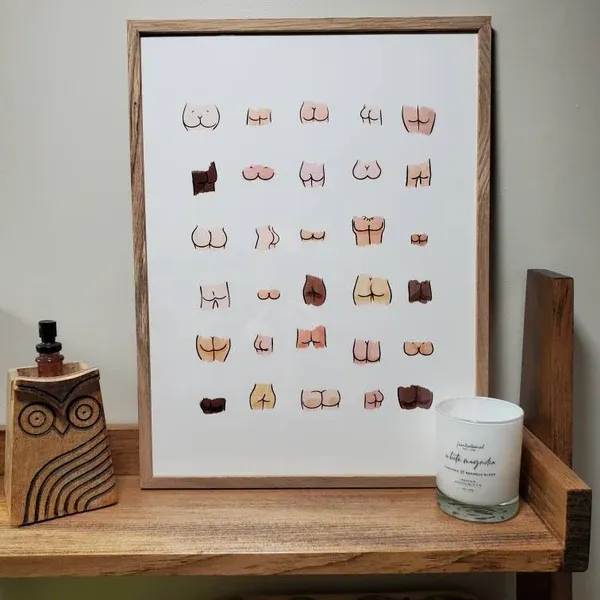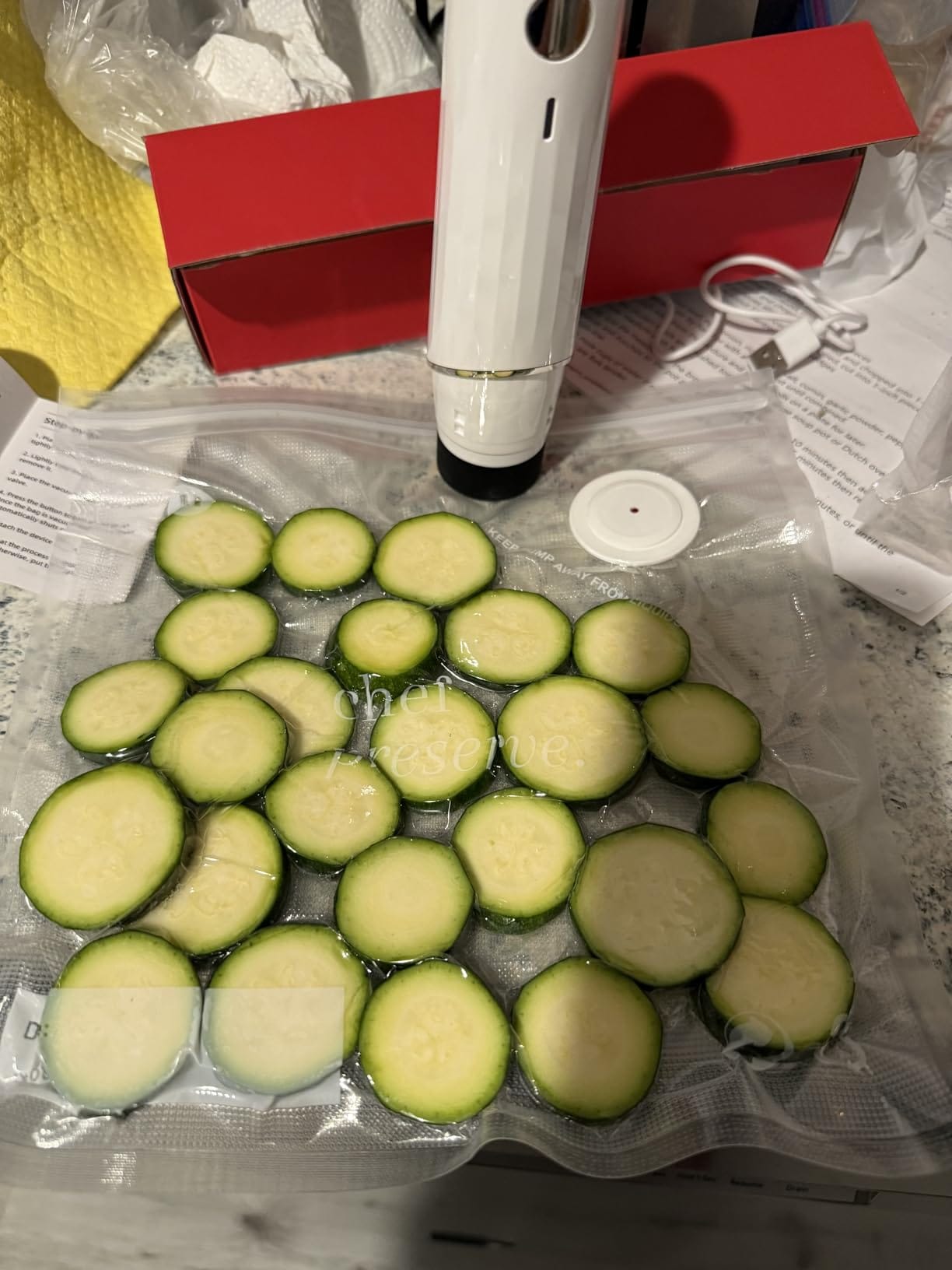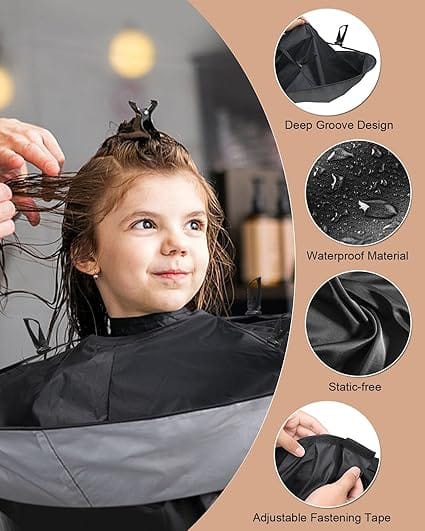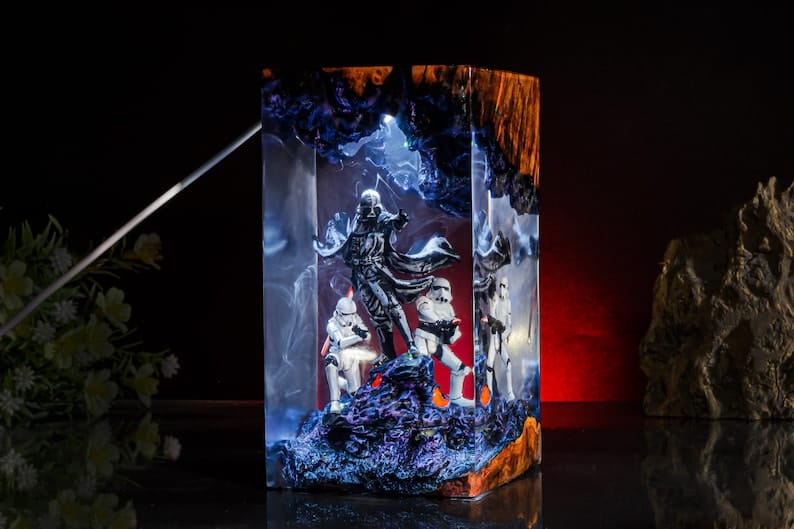
Best Tongs for Cooking: 12″ vs 9″ — Which Size Should You Buy?
The Great Tongs Debate
Are You a 12-Inch or a 9-Inch Cook?
The oil was shimmering. A beautiful piece of halibut, seasoned and ready, was waiting. My pan was hot, my confidence high. I reached for my tongs—the long, imposing 12-inch pair that felt like a proper chef's tool—and went to gently lay the fish in the pan.
*Clank.*
The tip of the tongs hit the far side of the 10-inch skillet. In that clumsy, split-second adjustment, I lost the delicate grip. The fillet slapped into the hot oil, sending a miniature geyser of angry grease splattering across the stovetop and my hand. The perfect sear was compromised, my rhythm was broken, and I was left with a minor burn and a major sense of frustration.
It was a moment of humbling clarity. I owned the "right" tool, but I was using it all wrong. The problem wasn't the tongs; it was my understanding of them.
We’re often sold a simple answer: 12-inch tongs for the grill, 9-inch for the pan. It's a neat, tidy rule. But like most rules, it misses the point entirely. The debate over tong length isn't about the tongs at all. It’s a question about you. It's about the relationship between the artist and their brush, the musician and their instrument. It's about discovering what kind of cook you are and what tool becomes a seamless extension of your own hand.
This isn't about finding the "best" tongs. It's about finding the best tongs for *you*, and in the process, understanding your own kitchen philosophy a little better.
The First Principle: Deconstructing the Tool
Before we can choose, we must understand. A pair of tongs is a simple machine—a Class 3 lever, for the physics-minded. But that simple design creates two profoundly different experiences based on length.
The 12-Inch Tong: The Guardian
Think of the 12-inch tong not as a tool for precision, but as a tool for safety. Its primary function is to create distance.
- The Physics: Its length is its superpower and its Achilles' heel. It keeps your hands far from the roaring heat of a grill, the spitting inferno of a deep fryer, or the back wall of a 500°F oven. However, that same length creates a longer lever arm, which fundamentally reduces tactile feedback.
- The Mindset: This is the tool of the grand gesture. It’s for confidently turning a whole chicken or rearranging charcoal. It offers a feeling of command and safety, but in a confined space, it becomes the clumsy giant in a dollhouse.
The 9-Inch Tong: The Surgeon
This is not a tool of safety; it is a tool of intimacy. Its purpose is to get you closer to your work, translating subtle movements directly to the food.
- The Physics: The shorter lever arm means maximum control and feedback. You can feel the delicate texture of a scallop, the precise moment asparagus becomes tender-crisp. As legendary chef and author Thomas Keller emphasizes, finesse is everything.
- The Mindset: This is the tool of nuance. It’s for carefully turning shrimp, plating pasta, or nudging onions. It trades the safety of distance for the reward of surgical precision.
The Insight: Don't ask, "Which tong is best?" Ask, "Do I need protection or precision in this moment?" The answer reveals not only which tool to grab but what your immediate goal is.
Beyond Size: The Hidden Details
Focusing only on length is like judging a book by how many pages it has. The true quality lies in the details—the blind spots most people overlook.
1. Material: The Steel vs. Silicone Showdown
Stainless Steel: The workhorse. Incredibly durable, high-heat resistant, and precise. But they will scratch your non-stick and enameled cast iron pans.
Silicone-Tipped: The diplomat. Your pan's best friend, preventing scratches and providing a gentler grip. Look for high-heat-rated, BPA-free silicone.
2. The Locking Mechanism: The Unsung Hero
A bad lock is a source of infinite kitchen rage. A great tong has a smooth, reliable, one-handed locking mechanism (usually a pull-tab at the end).
3. Tension & Ergonomics: The 'Hand-Feel'
Tongs that are too stiff cause hand fatigue. Tongs that are too loose feel flimsy. The right pair should feel like a firm, confident handshake.
The Two-Tong Philosophy: Why the Answer is "Both"
The goal isn't to find the *one* perfect tong. The goal is to build a small, intentional arsenal. You need both a Guardian and a Surgeon.
- Your 12-inch stainless steel tongs live near the grill and the oven. They are your tool for high heat and heavy lifting.
- Your 9-inch silicone-tipped tongs live in the utensil crock by the stove. They are your everyday instrument for precision and protecting cookware.
Having both eliminates friction and allows you to enter a state of flow. It’s a small investment in your daily joy and competence. You'll find a curated selection of these essential tools in our Best-Sellers collection, chosen for exactly this kind of thoughtful functionality.
From Unconscious Tool to Intentional Partner
The journey from fumbling with the wrong tongs to effortlessly selecting the right one is a microcosm of a larger path. It's about moving from unconscious action to intentional creation. True mastery—and joy—begins when we pause and ask *why*.
At WOW SHOP LIST, we believe objects should be partners in our growth. The philosophy behind our 60-for-good program is rooted in this idea: that conscious consumerism can be a force for positive change. It’s a story we explore constantly in The Journal.
Reflection Checklist: Find Your Perfect Tong
- What do I cook most often? Grilling/roasting points to 12-inch. Sautéing/pan-searing suggests 9-inch.
- What is my primary cookware? Non-stick needs silicone. Stainless/cast-iron can handle metal.
- What is my biggest kitchen frustration? Getting burned? You need distance (12-inch). Food slipping? You need precision (9-inch).
- How does it feel in my hand? The final, and most important, test. The right tool should feel like it was made for you.
(P.S. If you're intrigued by the world of kitchen tools and the fine line between genius and gimmick, you might enjoy our take on another curious device in the BREIS USB Clock Fan Review: Cool Gadget or Hot Mess?)





